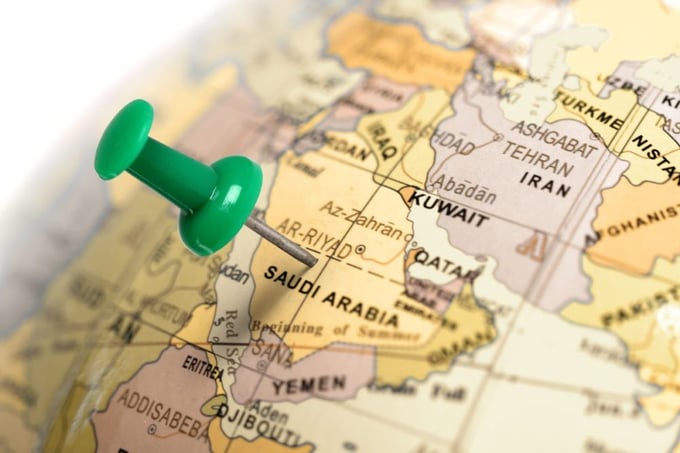November 19, 2025 | 02:09 GMT +7
November 19, 2025 | 02:09 GMT +7
Hotline: 0913.378.918
November 19, 2025 | 02:09 GMT +7
Hotline: 0913.378.918

The facility, which was constructed over a two-year period, is the first regional center for grains in the Yanbu port. It can handle up to 3 million tonnes of grain annually, including barley, corn and soybeans.
The company said the new terminal features a storage capacity of 156,000 tonnes, including 12 silos with a total capacity of 96,000 tonnes and a flat warehouse with a 60,000-tonne capacity, a 650-meter conveyor belt, and a ship grain unloading capacity of 800 tonnes per hour.
The facility, which was constructed over a two-year period, is the first regional center for grains in the Yanbu port. It can handle up to 3 million tonnes of grain annually, including barley, corn and soybeans, the company said. Abdulrahman Al-Fadley, Saudi Arabian’s minister of environment, water and agriculture and chairman of the board of the SALIC, helped inaugurate the new port terminal. He said the terminal will help accelerate the origination and discharge of grains to Saudi Arabia and enhance supply chain capabilities.
SALIC was formed in 2011 to secure food supplies for Saudi Arabia through mass production and investments. The National Grains Co. was formed in August 2020 to contribute to achieving a food security strategy.
(WG)

(VAN) Integrating agricultural extension activities with ecotourism development unlocks promising new avenues for localities boasting specific advantages in grape and apple cultivation.

(VAN) Enterprises and cooperatives accompany farmers in Tay Ninh to develop an organic seedless lime growing area, paving the way for poverty reduction.

(VAN) There were times when Pho faltered, yet his aspiration to bring the pure aroma to those who truly value clean tea kept urging him forward.

(VAN) Bich Thao Coffee Cooperative pioneered products achieving the national 5-star OCOP standard, paving the way for Son La coffee to conquer international markets.

(VAN) The Bao La bamboo-and-rattan cooperative has been producing goods integrated into value chains. As a result, its products have reached global markets.

(VAN) The training course in An Giang equips learners with emission verification methods, thus creating a basis for low-emission rice production.

(VAN) Thu Lum commune is focusing on developing medicinal plants under the forest canopy, creating sustainable livelihoods for local people, and contributing to protecting the ecological environment.